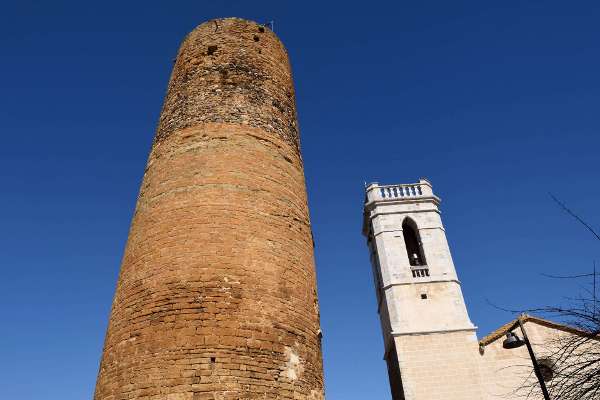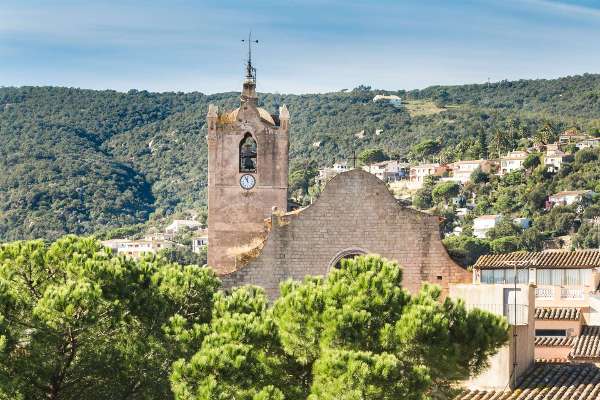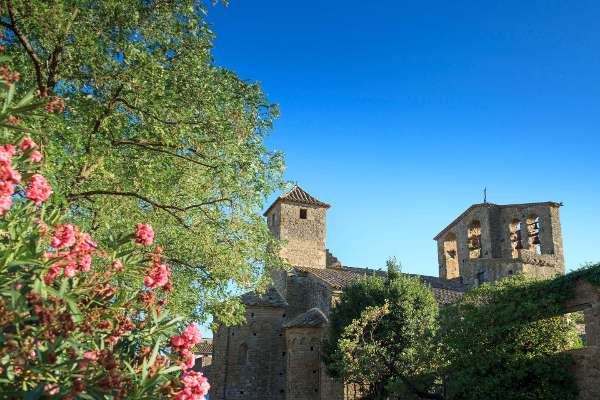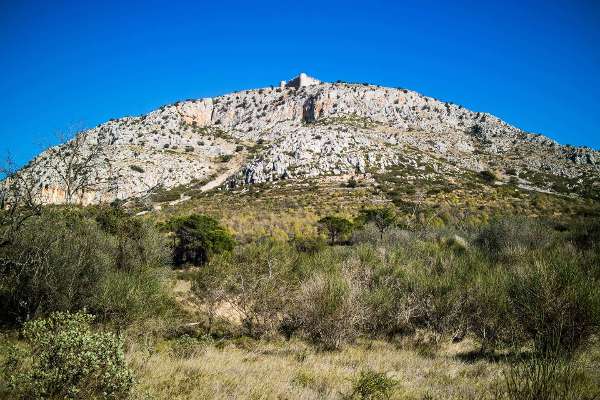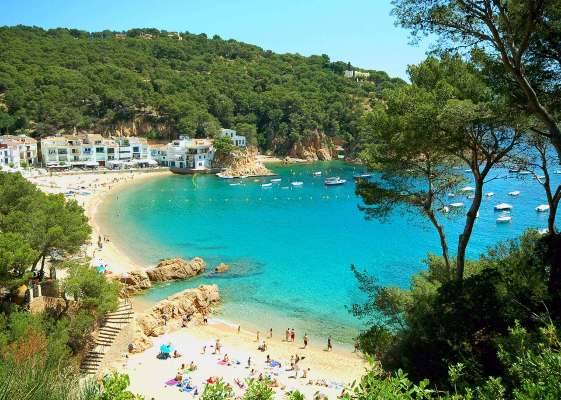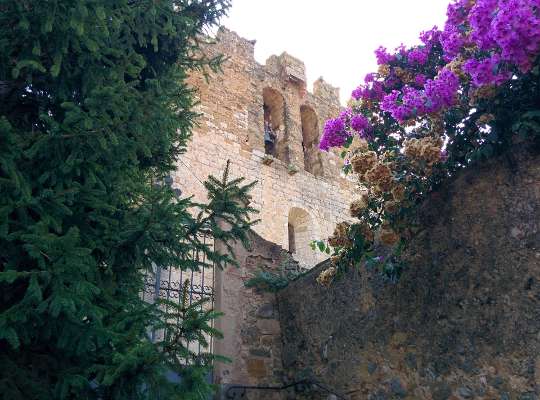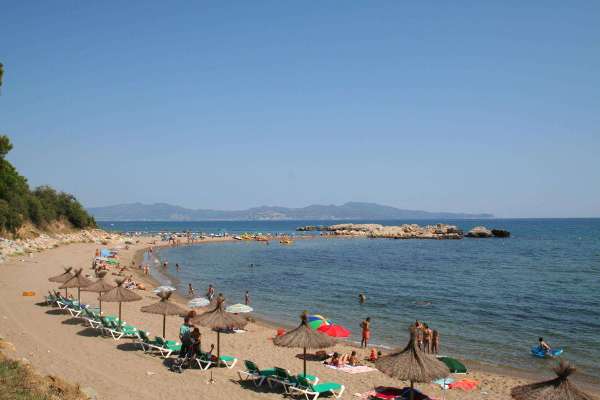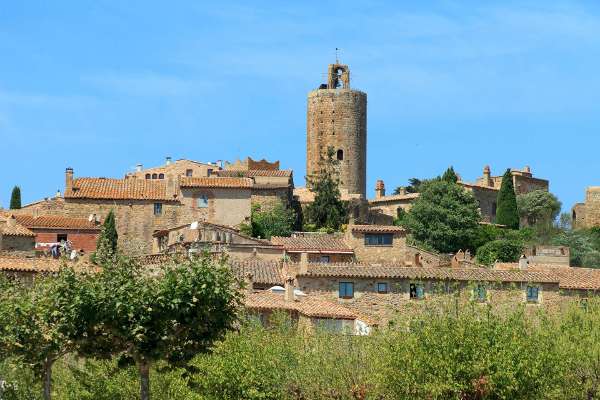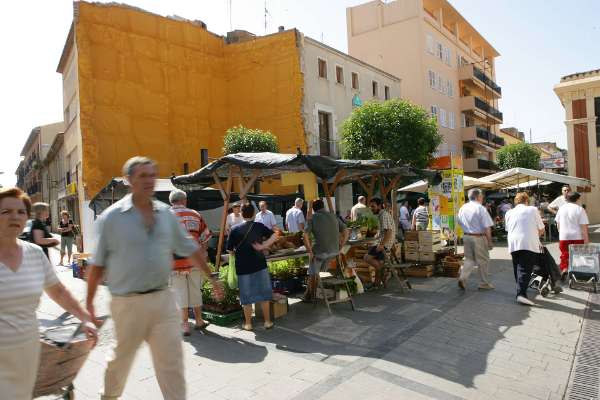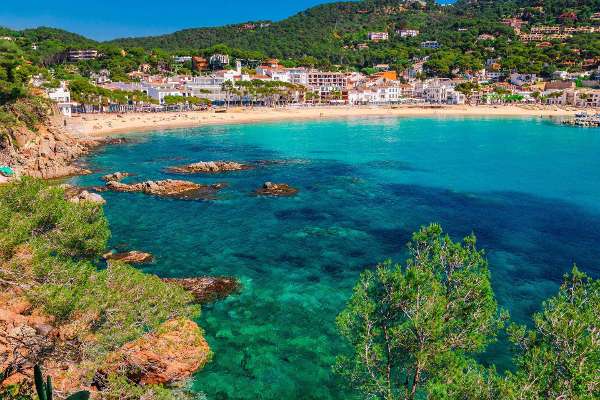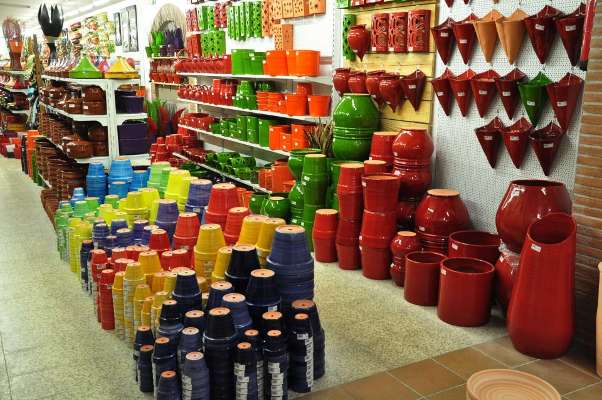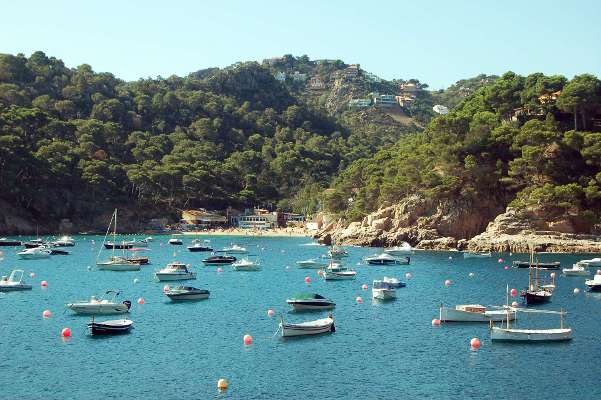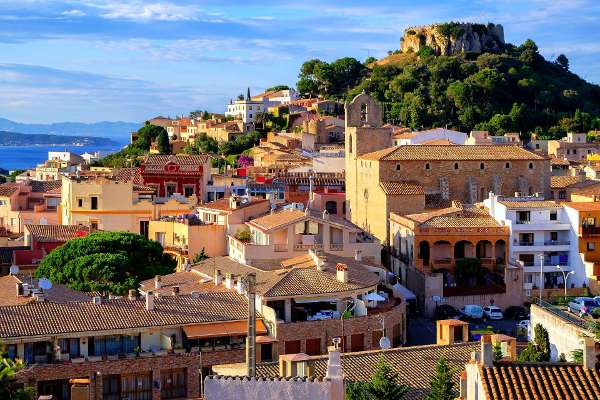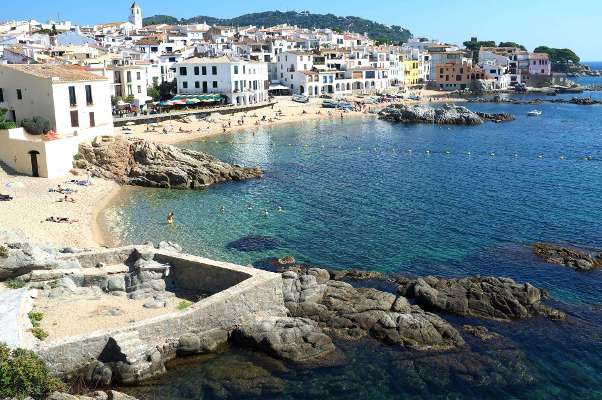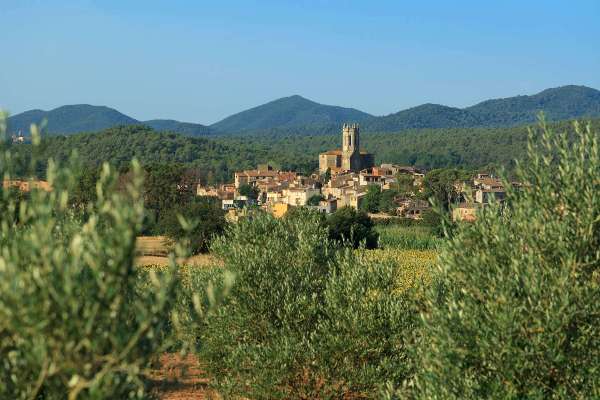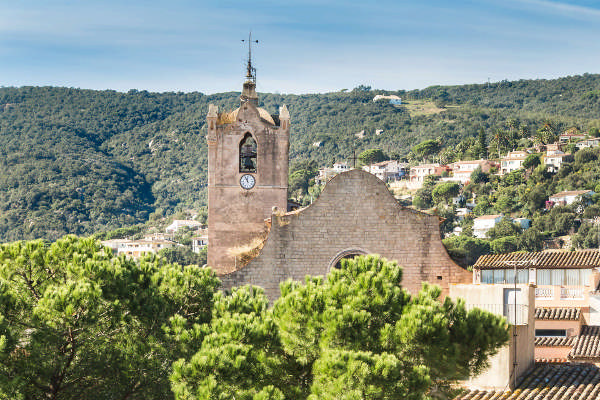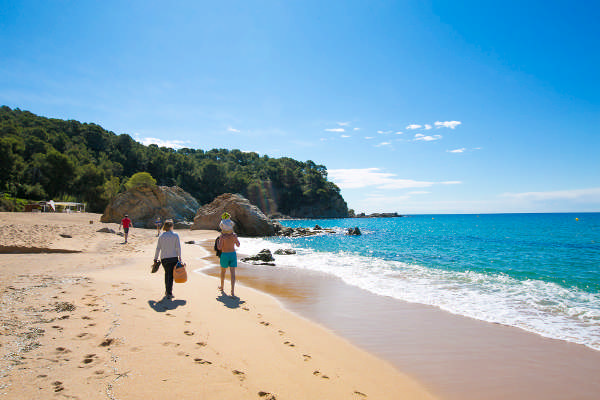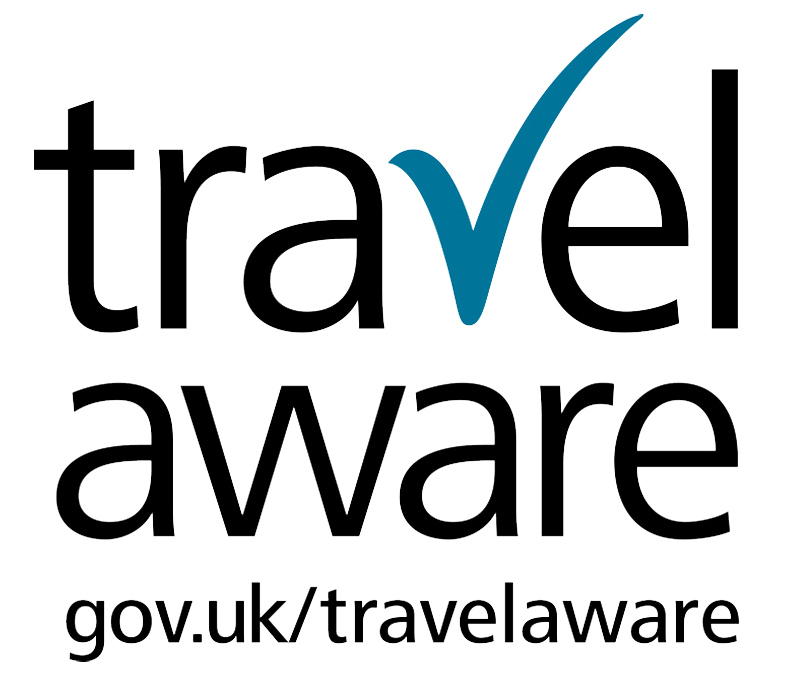Introduction
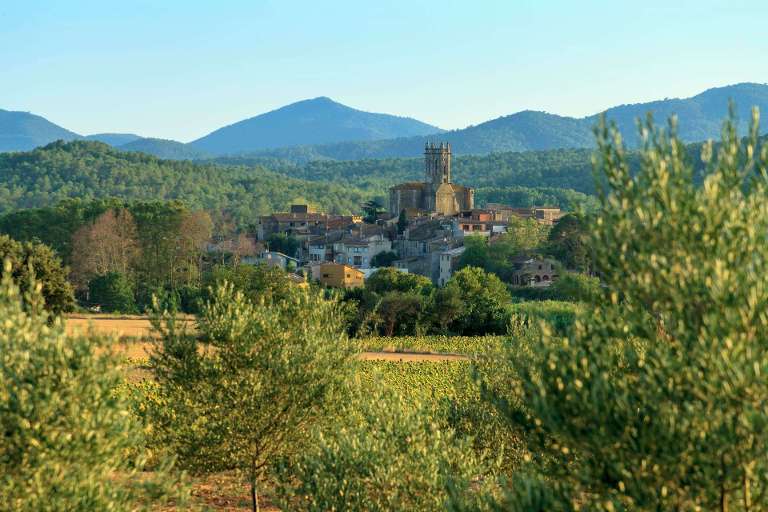
Catalunya could be described as a country within a country; an amazing diversity of landscapes, a people justifiably proud of their language and culture, traditions that date back thousands of years and world renowned gastronomic excellence. Easy access by road, rail and air makes Catalunya an ideal destination for holidays, offering something for everyone; sporting facilities, cultural activities, fascinating places to visit and stunning beaches.
The Catalan capital, Barcelona, surely the most vibrant, modern city in Europe, teems with life and atmosphere, unforgettable architecture, wonderful museums, a Gothic quarter, a thriving port, characterful 'ramblas', the best in shopping, traditional bars and restaurants. This colourful and exciting city is seemingly inexhaustible and easily traversed via its efficient public transport system.
Local Cuisine
Catalan cuisine encompasses flavours most of us all love - tomatoes, olive oil, garlic, onions, dried nuts and lots of dried herbs. The Catalans are justifiably proud of their culinary skills and some typical dishes include chicken with prawns, quails with grapes, snails with tomato and chorizo or lobster with chocolate.
Most meals start with 'pa amb tomáquet', bread rubbed with tomato and garlic and then drizzled with olive oil and seasoned with salt. This is often topped with anchovies, red peppers or chorizo.
Local Events
An important part of life in Catalunya, fiestas range from local village celebrations to large scale organised activities. Most villages acknowledge their patron saint's day with a 'feste'. To herald the start of summer, the festivities of Sant Joan are held on the night of 23rd June, with the traditional dessert after dinner being 'coca' a type of sweet bread accompanied by a glass of cava. Informal fireworks are then enjoyed until the early hours.
On the National Day of Catalunya, 11th September, large scale celebrations take place all around the province, culminating in the dancing of 'sardanas' and fireworks into the night.
The Botanical Gardens of Cap Roig are the venue for the internationally acclaimed Music Festival, which is held from the beginning of July to the middle of August and attracts the big names of the music scene from rock to classical and famous artistes from the world of dance. The stunning setting in the grounds of the castle, with the gardens blending perfectly into the rugged landscape of the Costa Brava and the Mediterranean Sea, draws vast crowds to marvel at this unique venue and the cultural delights.
Climate
Catalunya has a Mediterranean type climate, with hot, dry summers and mild winters. While summers are hot and at times humid, in coastal areas the afternoon heat is usually tempered by sea breezes and the influence of the Pyrenees means temperatures are more comfortable than in the south of Spain.




